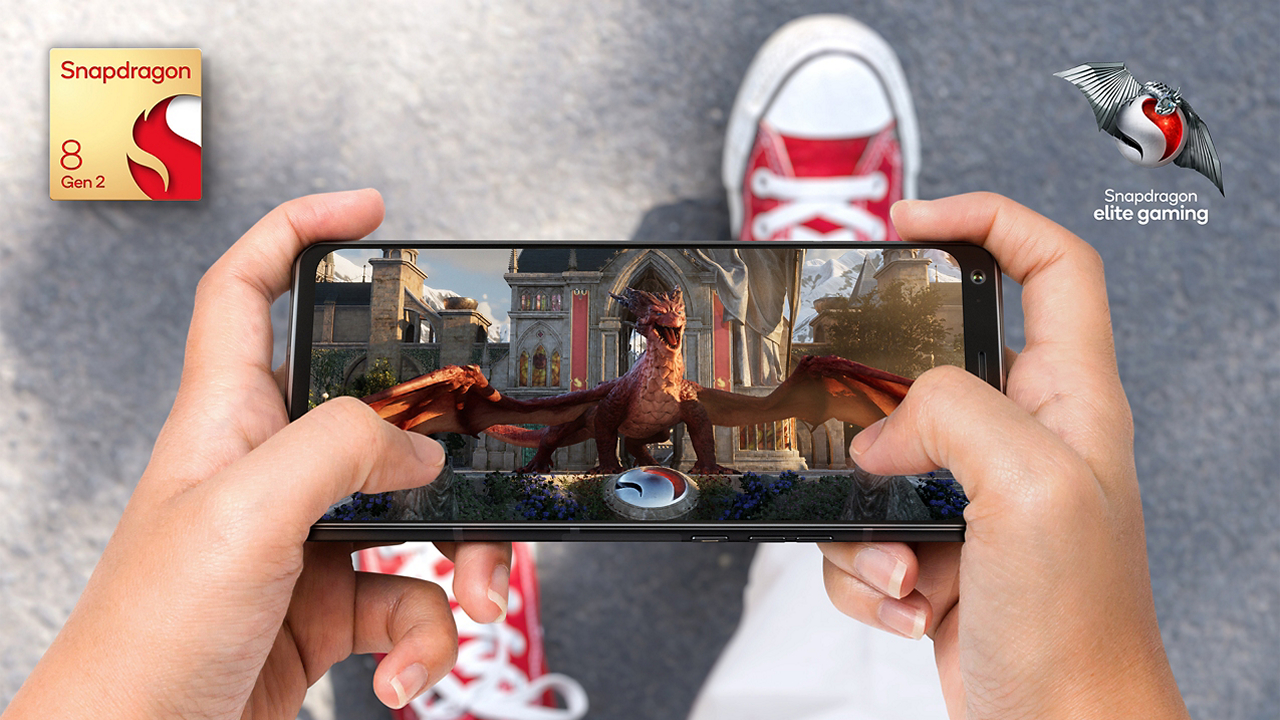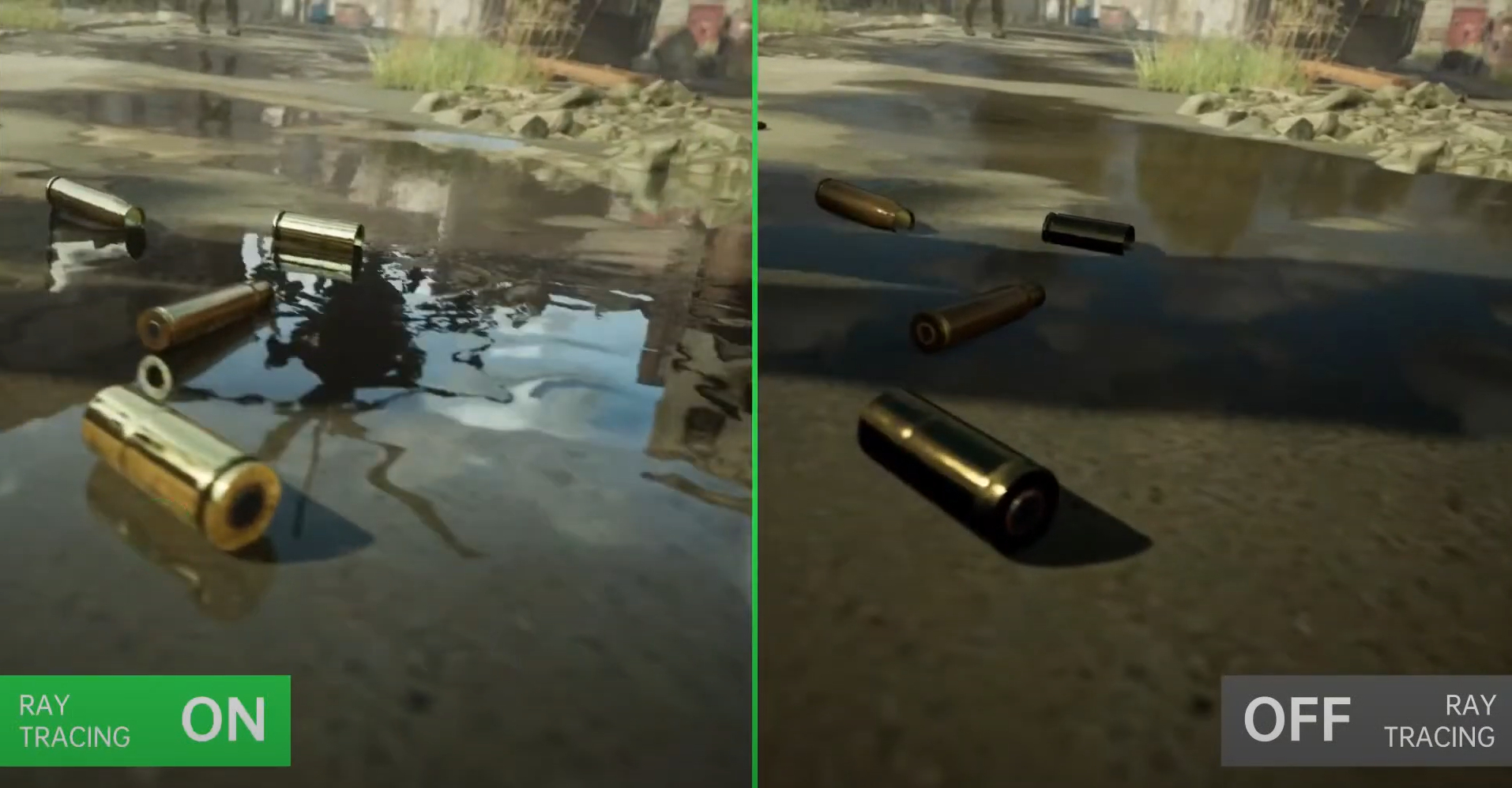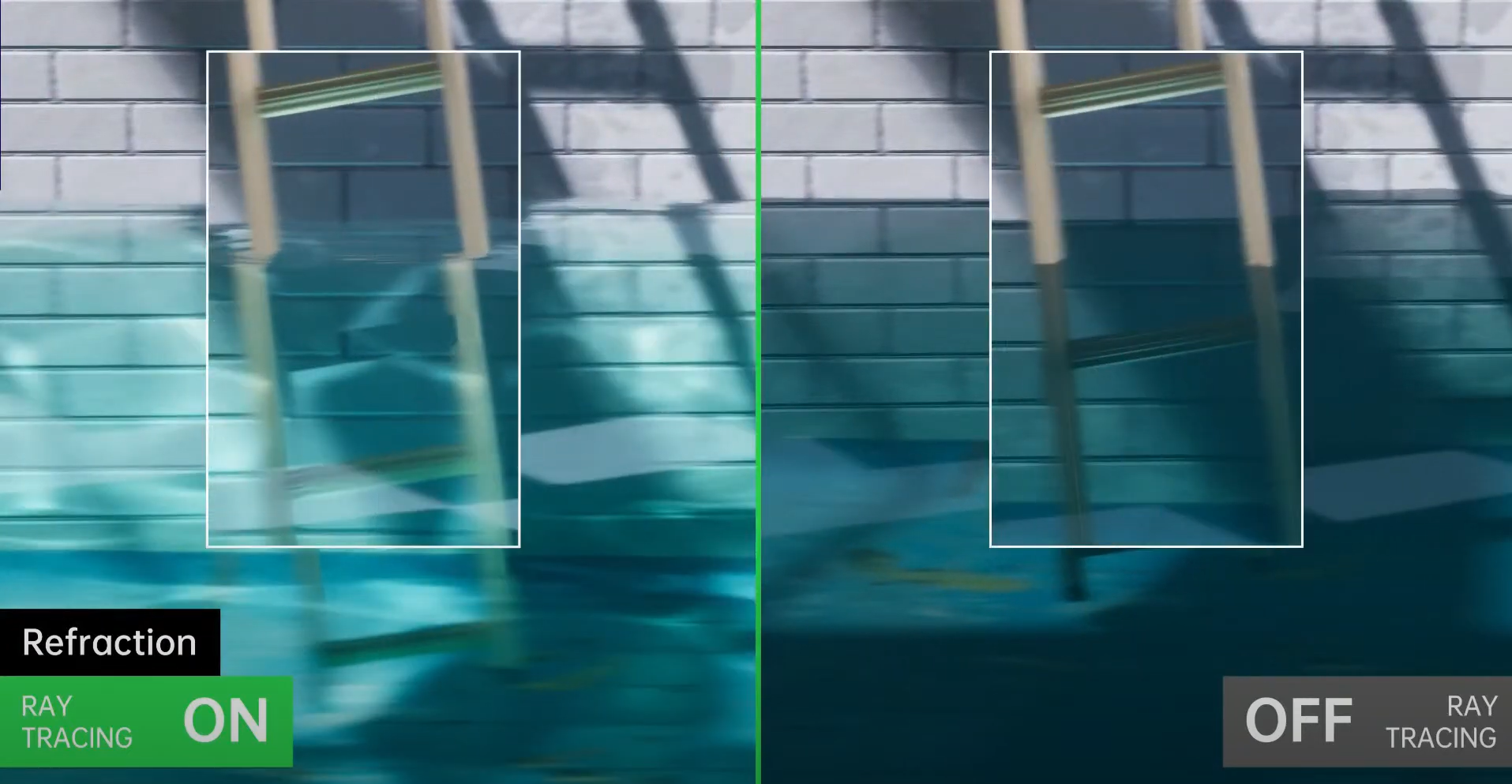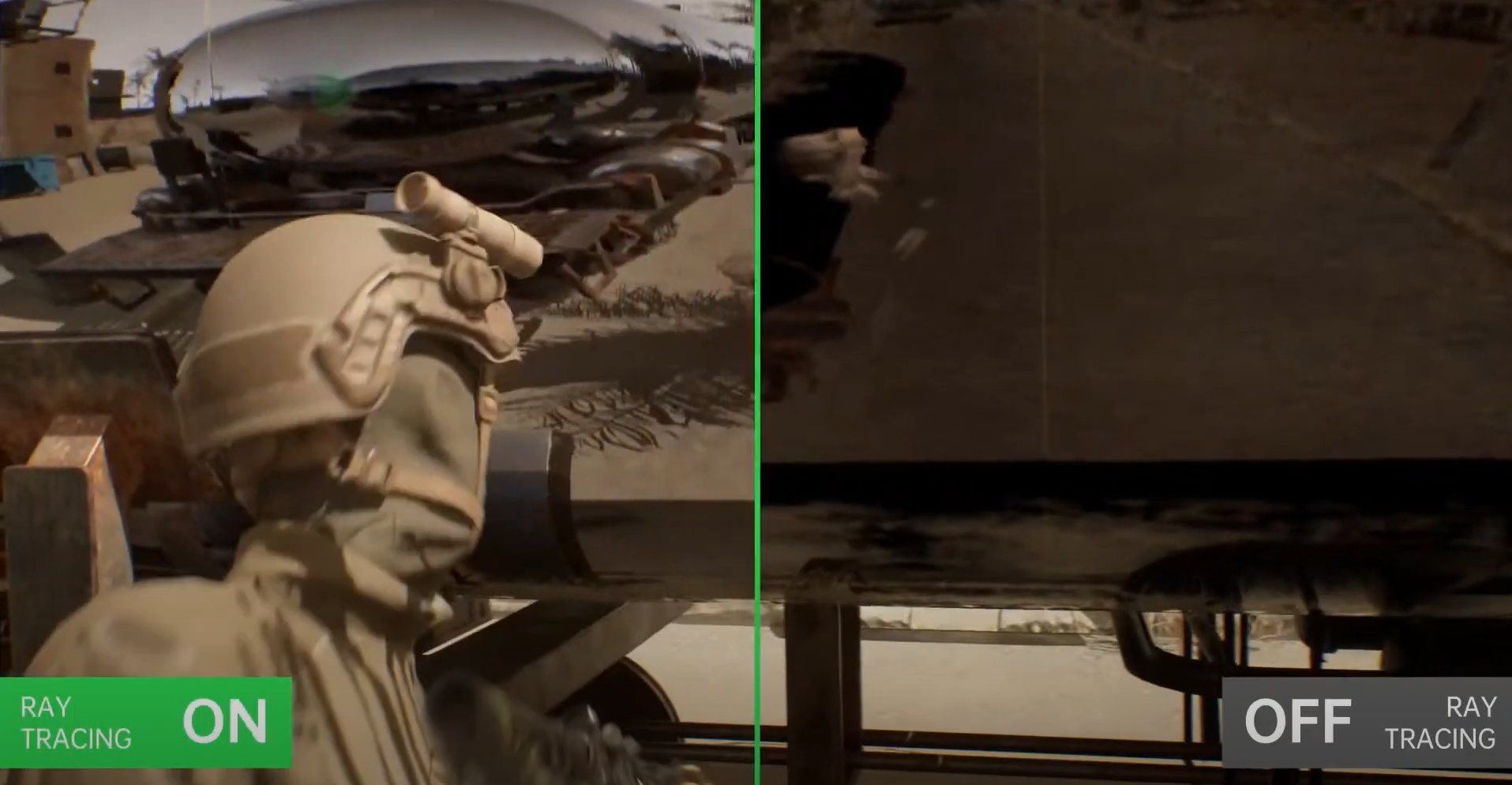Snapdragon 8 Gen 2 brings ray tracing to mobile gaming — here's how it looks
Prepare for hardware-accelerated ray tracing on 2023 smartphones

Qualcomm announced its new Snapdragon 8 Gen 2 chip, a next-generation flagship mobile chipset that's set to deliver a 35% performance boost over the Snapdragon 8 Gen 1, a new Cognitive ISP to enhance photos and videos, and more efficient AI-based tasks — coming to smartphones in 2023. But it also brings a game changer to mobile gaming: ray tracing.
Revealed during Qualcomm's annual Snapdragon Summit, the Snapdragon 8 Gen 2 chip will soon be seen in Android phones from brands including Xiaomi, Honor, Asus, Samsung, Sony, and more over the next few months. With the newly introduced Snapdragon Elite Gaming features, you can expect to see real-time hardware-accelerated ray tracing.
Ray tracing on mobile isn't anything new, as Samsung's Exynos 2200 chip brought AMD ray tracing back in 2021. Now Qualcomm is giving its latest Snapdragon chip the same treatment, with Oppo showing off the advantages it brings to mobile gaming.
Snapdragon 8 Gen 2 brings next-level mobile graphics
With ray tracing now enabled on the Snapdragon 8 Gen 2, you can expect more realistic visuals when gaming on mobile. It means more accurate light behaviour, reflections, shadows, and illuminations.



That's not all. Thanks to the upgraded Qualcomm Adreno GPU delivering up to 25% faster performance and the Qualcomm Kryo CPU enabling up to 40% more power efficiency, games will run smoother and for much longer. What's more, Qualcomm is bringing the "world’s first mobile-optimized support for Unreal Engine 5 Metahumans Framework on Snapdragon," meaning games can have "photorealistic human characters."
During the summit, Oppo's principal manager of graphics products, Jane Tian, talked about the chip's ray tracing performance, which apparently takes 90% off the workload while still being five times more efficient compared to its ray tracing software.
From the short demo shown off, ray tracing brought accurate "multibounce reflection on curved surfaces," cleaner shadows, plenty of realistic reflections in water that are both "local and off-screen," refraction is water, and multiple dynamic light sources that shine in dark areas.
You can check out the differences between ray tracing turned off and on during the livestream.
We're sure to get a hands-on with what ray tracing can do in mobile gaming when Snapdragon 8 Gen 2-equipped smartphones from Oppo, Xiaomi, Honor, Samsung, and more start piling in in early 2023 (and maybe even as soon as this December). In the meantime, you can check out some of the best gaming smartphones around, including the RedMagic Pro 7 and Poco F4 GT.
Stay in the know with Laptop Mag
Get our in-depth reviews, helpful tips, great deals, and the biggest news stories delivered to your inbox.

Darragh Murphy is fascinated by all things bizarre, which usually leads to assorted coverage varying from washing machines designed for AirPods to the mischievous world of cyberattacks. Whether it's connecting Scar from The Lion King to two-factor authentication or turning his love for gadgets into a fabricated rap battle from 8 Mile, he believes there’s always a quirky spin to be made. With a Master’s degree in Magazine Journalism from The University of Sheffield, along with short stints at Kerrang! and Exposed Magazine, Darragh started his career writing about the tech industry at Time Out Dubai and ShortList Dubai, covering everything from the latest iPhone models and Huawei laptops to massive Esports events in the Middle East. Now, he can be found proudly diving into gaming, gadgets, and letting readers know the joys of docking stations for Laptop Mag.
